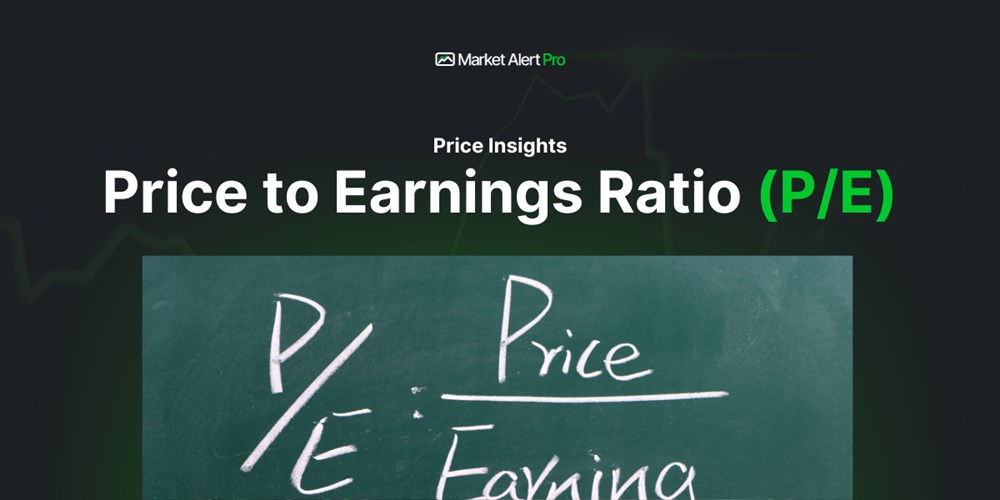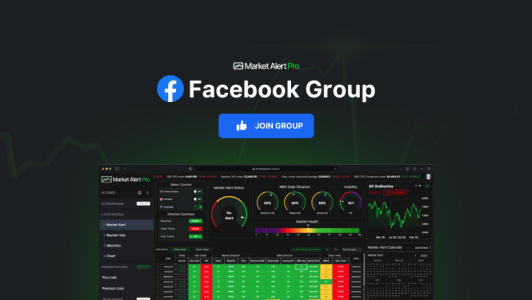P/E ratio is a very popular fundamental indicator. However, that popularity needs to be considered in light of the pros and cons of the indicator. For instance, the E part of P/E is earnings per share and earnings Per Share (EPS) cannot be compared between companies that have a different number of shares outstanding.

(This point has been discussed in the blog article “How to use EPS in Fundamental Analysis”.) If EPS cannot be compared between companies, neither can P/E. This does not stop the practice of doing so though. On the upside, P/E does provide a means to understand whether the price of a stock compared to its earnings is high or low. That is, we can establish the value of the stock. As long as we don’t fall into making comparisons between companies on P/E ratio, it is a useful metric. The average P/E ratio range is often quoted as between 20 and 25, but this figure varies greatly depending on the nature of the business and the effect of market sentiment on stock prices. Also, there is an ideal PE which is said to be around 15. The important point is to understand that the P/E tells you how much you are paying per dollar that the company earns.
To provide some form of benchmark for P/E analysis for US stocks, we can look at the average P/E of the S&P500 which at the time of writing was around 15[1]. Based on this average, a company such as Amazon with a P/E of 75 would seem expensive. That is, investors are willing to pay $75 per $1 of earnings in order to buy the stock. In this instance, the market is valuing the share price well above what the company earnings suggest the price should be. However, the stock may still be a very attractive investment due to other factors such as price appreciation. A stock with a low P/E, or in other words a low stock price compared to the company’s earnings, is said to be undervalued and may represent an attractive investment if other fundamentals also indicate the company is performing well. Other limitations of the P/E ratio include P/E volatility. In the case of Amazon, the P/E has been as high as 3,732 and as low as 25.94[2].
And, as is the case for the calculation of earnings, P/E can be calculated using different accounting methods which can distort the final figure. Further, P/E is calculated using past earnings which are said to be no guarantee of future success. Another drawback of relying on P/E is that it does not include debt (or cash) that may appear on a company’s balance sheet. In addition, the company’s earnings may or may not include out-of-the-ordinary or once-off income or expenses. Whether or not these have been included, and more importantly, the accounting method used to adjust for such variations, will greatly impact the P/E figure. On the upside P/E is easy to calculate and it quickly estimates the value of a stock compared to its earnings.
[1] https://www.wealthsimple.com/en-ca/learn/price-earnings-ratio#use_and_limitation_of_the_p_e_ratios
[2] https://www.wealthsimple.com/en-ca/learn/price-earnings-ratio#use_and_limitation_of_the_p_e_ratios



